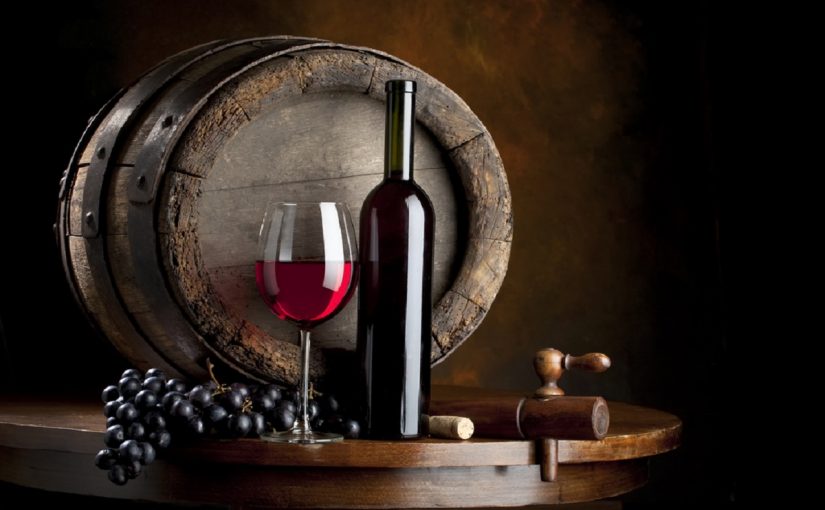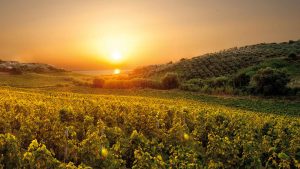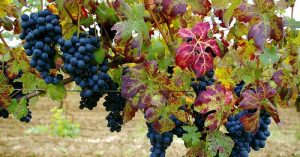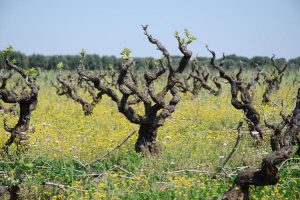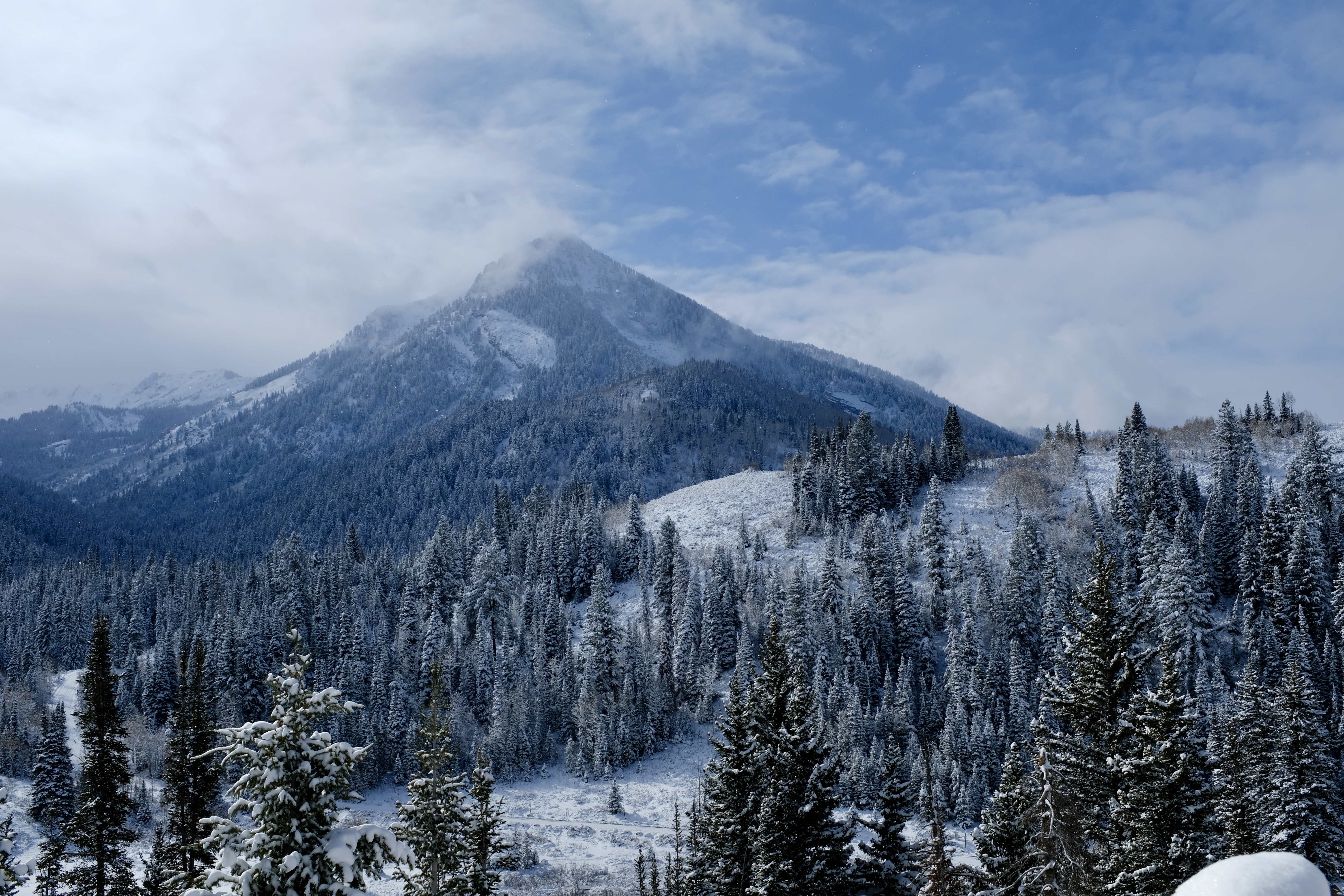06.02.2019
There is an entire literature about CIRÒ wine. This wine is well mentioned into J. Robinson (“The Oxford Companion to Wine”, Third Edition pg 122-123 Oxford University Press 2006 ISBN 0-19-860990-6), M. Ewing-Mulligan & E. McCarthy (Italian Wines for Dummies pg 226-231 Hungry Minds 2001), M. Toussaint-Samat (“A History of Food” pg 263 Wiley-Blackwell 1994), H. Johnson Vintage (The Story of Wine pg 64 Simon and Schuster 1989).
This internationally recognized wine is the core of wines production in Calabria, a real must, a landmark for lovers of authentic Mediterranean food. This product, especially, occupies one of the top places in Local Exports, together with olive oil and bergamot.
Overall, Cirò is culture, gastronomy, cuisine and the real witness or trace of ancient traditions of winemaking.
In ancient times, particularly, Pliny the Elder writings are one the first historical trace of wine production in the region of Calabria, he testified that during the 1st century AD Calabrian wine were just in Romans listings of quality Italian wines.
Even if slowly, Calabria developed a vibrant wine industry with only the red wines of Cirò, while many of its wonderful wines have a regional and national distribution.
Such Cirò wine taste garnered much international attention, and today Calabrian wines are mostly produced to high alcohol levels and sold to co-operatives who transfer the wines to the northern Italian wine regions, to use them as blending component.
With regard to the general Calabrian production, at this moment, over 90% of the region’s wine production is red wine, with a large portion made from the Gaglioppo grape. Calabria has 12 “Denominazione di origine controllata” (DOC) regions but only 4% of the yearly production is classified as DOC wine.
Given that the winters are mild in all the region, with average temperatures around 10°C, rarely dropping below 5°C, the climate near the coast is very hot and dry throughout most of the year, then the majority of the region’s wine production takes place in the central areas of the eastern and western coastlines.
- The starring of wine production in Calabria is, as said, certainly CIRÒ. Its DOC region is located in the eastern foothills of the La Sila region and extends to the Ionian coast. The mark of Cirò classico appears on red wines, therefore Red Cirò is typically very tannic and full bodied with strong fruit presences and subject to 3–4 years vintage. It is mainly produced in the municipalities of Cirò and Cirò Marina (in the province of Crotone), where the soil is predominantly calcareous marl with some clay and sand deposits. Anyway, such wine is a blend of grapes. In fact, Cirò contains at least 95% of the Gaglioppo grape and up to 5% of the white Greco bianco and Trebbiano grapes permitted. Cirò Rosés and Cirò white wines contain from at least 90% Greco bianco up to 10% Trebbiano. In the other Provinces of Calabria, you can find 11 DOC regions. We can list the following, according to our experience:
- The wine of Isola di Capo Rizzuto is the DOC of SANT’ANNA, produced in a limited area located south of commune of Melissa. This wine is dry red and rosé, coming from a blend of Gaglioppo, Nocera, Nerello Mascalese, and up to 35% of added Malvasia and Greco bianco.
- Jumping to the North of Calabria, the POLLINO DOC is produced in the nearby mountain of higher chain of mountains of Pollino, that forms part of the Apennines. Near the border with Basilicata, that zone produces pale, cherry red wines, subject to 2–3 years of vintage. The wines blend is made primarily with Gaglioppo and Greco nero, with up to 20% of white grape varieties of various provenience.
- SAN VITO DI LUZZI is the DOC of San Vito, a short municipality where red and rosé wines are produced with Gaglioppo, Malvasia nera, Greco nero and Sangiovese, and up to 40% of other local white wine varieties.
- The SAVUTO DOC comes from the south of the Donnici region, in mountainous terrain that stretches to the coast. The blend of grapes is composed by Gaglioppo, Greco nero, Nerello Cappuccio, Magliocco, Sangiovese and up to 25% of the white wine grapes Malvasia bianca and Pecorello.
- The SCAVIGNA DOC comes from the south of Savuto area, in the western coast of Calabria, where are produced dry red and rosé wines. The mixture of grapes results from at least 60% Gaglioppo and Nerello Cappuccio, plus other local red wine varieties, while the white wines come from Trebbiano, Chardonnay, Greco bianco and Malvasia bianca.
- A well known trademark is VERBICARO. This DOC is located inside Verbicaro region, in the Pollino foothills, west of Pollino DOC region, until Tyrrhenian coast. The typical blend is made from Gaglioppo and Greco nero with a minimal percentage of white wine grapes Greco bianco, Malvasia bianca and Vernaccia Bianca.
- The very famous DOC of GRECO DI BIANCO is a white wine that have alcohol contents of at least 17%. This authentic wine-liquor comes from grapes partially dried prior to pressing and fermentation. The unique visual appearance of Greco di Bianco is a deep amber color, mixed to citrus aromas and herbs scents.
- A growing wine is BIVONGI. This DOC of Bivongi land is new and produces red and rosé wines, blended from Gaglioppo, Greco nero, Nocera and Castiglione, while few are the white dry wines made of Greco bianco, Guardavalle, Mantonico bianco, Malvasia bianca and Ansonica.
- The production of DONNICI DOC is a red wine, composed of Gaglioppo, Greco nero and Mantonico nero. Its region is the province in the south of Cosenza, nearby La Sila plateau.
- The region of LAMEZIA wine produces red and rosé DOC wines. The blend comes from Gaglioppo, Nerello Mascalese, Nerello Cappuccio, Greco nero, Magliocco and Marsigliana, while the white wines result from Greco bianco, Malvasia bianca and Trebbiano. The zone of these wines is on the very warm plains of the Gulf of Sant’Eufemia, in front of the Tyrrhenian Sea.
- A special rival of Cirò is the MELISSA DOC. Its zone is located south of Cirò and it is a wine of similar style, though not with the same fame. The mixture of grapes of this region mainly comes from the Gaglioppo and Greco nero (Black grape), with some scent of the white wine grapes Greco bianco, Malvasia bianca and Trebbiano.
Further to said DOCs, throughout Calabria there are 12 distinct IGT zones (this mark protects only the typcal origin from the geographical place). They cover the entire region. We can mention as IGT of province of Catanzaro “Valdamato”, inside the province of Cosenza “Condoleo”, “Esaro” and “Valle del Crati”. In the province of Crotone we have “Lipuda” and “Val di Neto”. The province of Reggio Calabria counts “Arghillà”, “Costa Viola”, “Locride”, “Palizzi”, “Pellaro”, and “Scilla”.


